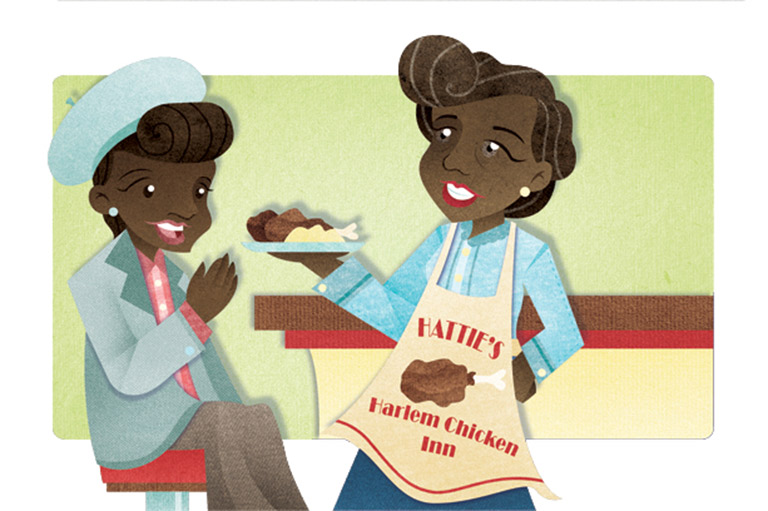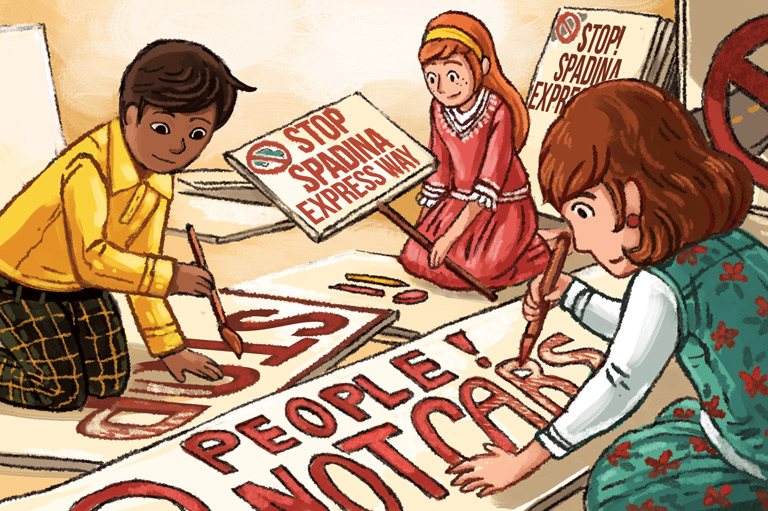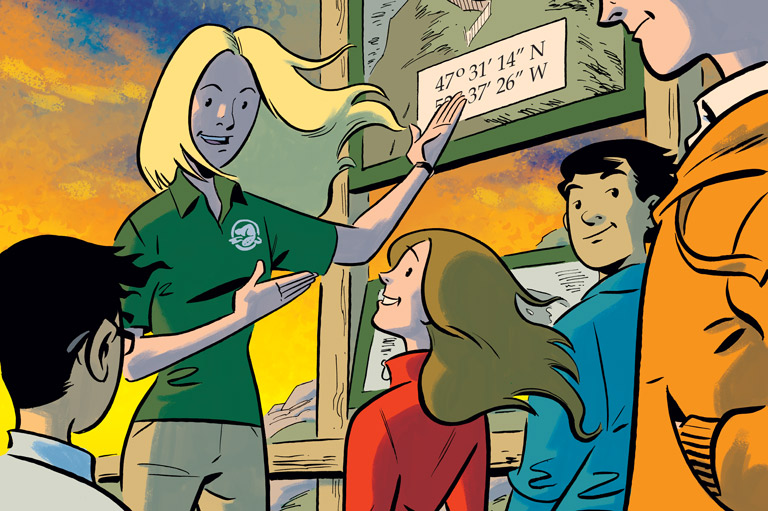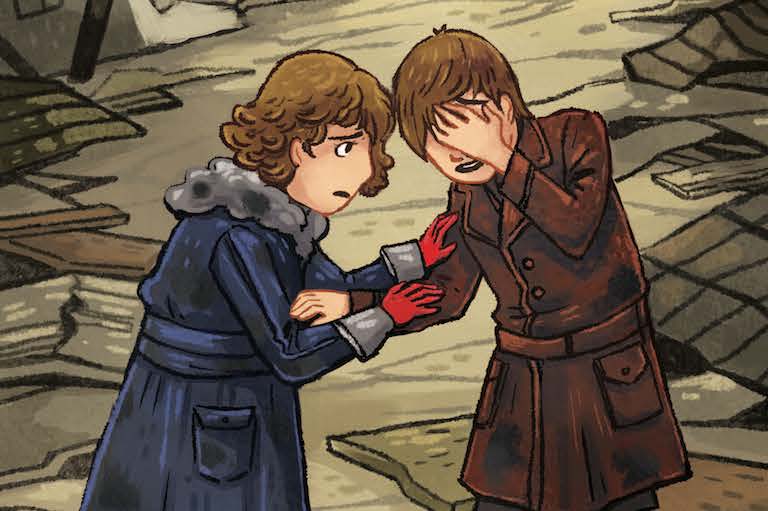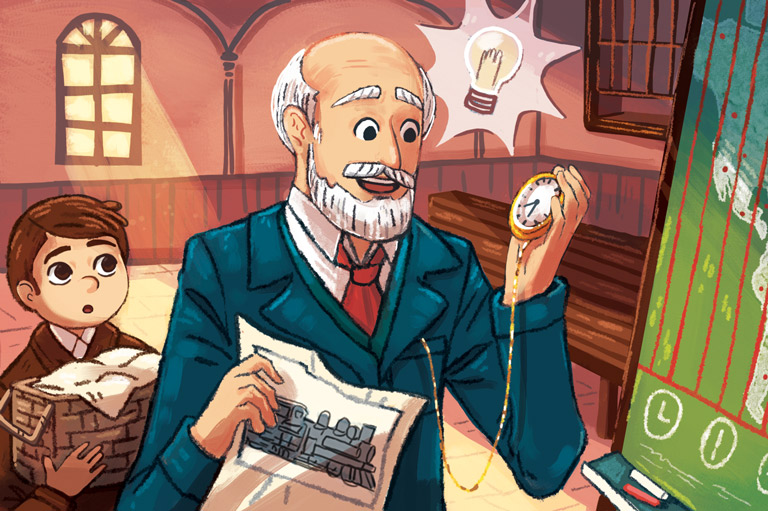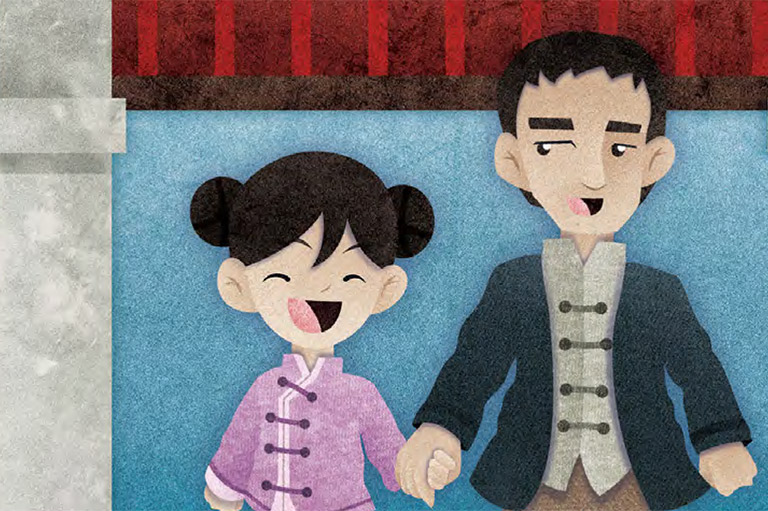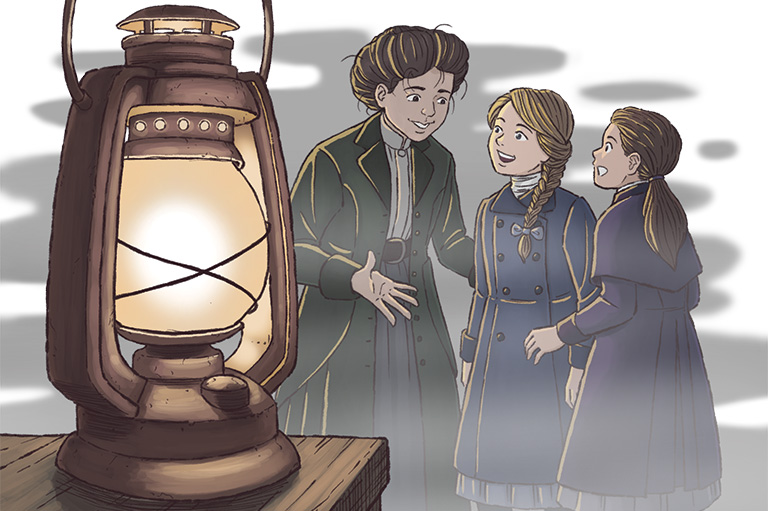A Dog's Life
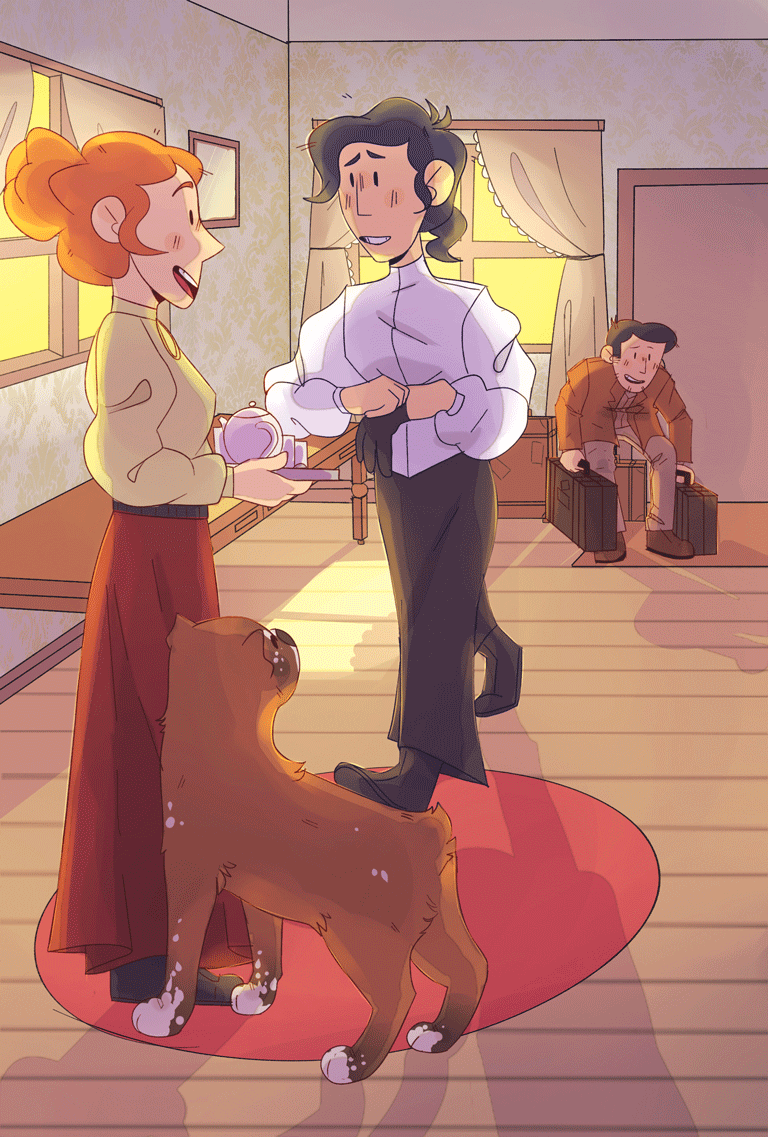
Meadford, Ont., 1892
The odd-looking dog gazed up at the unfamiliar lady who was standing inside the front door and carefully removing her long gloves. She seemed very nice, but perhaps she would think him ugly, as so many people did.
“You must be Joe,” Margaret said, a friendly smile on her face. “I’ve heard so much about you!” And to the dog’s delight, she bent down and scratched him on the back of his head, in his most favourite, hardto- reach spot. Heavenly! She didn’t seem to mind his clipped ears and his missing tail one bit.
“I see you’ve met Beautiful Joe,” her brother said as he set down her suitcases. “What do you think?”
The woman smiled. “He’s every bit as nice as your letter said he would be. But he’s not quite what I expected when you mentioned his name. Why did you call him that?””
“It was my idea, really,” said another young woman who came into the room carrying a tray of tea things. “The poor fellow had been through so much, and we could just tell he was embarrassed about how he looked.”
Robert smiled. “You do imagine things, Louise. I probably would have just called him Joe.”
“Oh, but he is beautiful!” Margaret cried. “You can see it in his eyes, how much he loves your family, Louise.”
“What I will never understand is how that man could be so cruel to cut off his ears and tail like that,” Louise said. “Animals are ours to care for, not to harm.”
“Lucky for Joe that your father saw what was happening,” Margaret replied. “I bet he gave that man a thrashing he’ll never forget!”
Louise smiled at Beautiful Joe. “I just hope when the judge scolded that farmer for his cruelty to Joe and his other animals that it sank in, but with someone like that, you never know. The inspectors who went out to his farm were shocked at the state of the horses and cows, too, but they went to better homes.”
“Even if Joe could have chosen for himself, he couldn’t possibly have picked a nicer home than yours,” Margaret said. Turning to her brother, she added with a saucy grin, “I think that also means they’ll treat you well after you marry Louise, too, Robert. Almost as well as Beautiful Joe!”
The three of them laughed, but the dog didn’t hear a word. He was fast asleep by the fire. Margaret gazed down at the contented dog who had been saved by the Moore family. “Such a story you have to tell, Joe. If only someone could write it for you…”
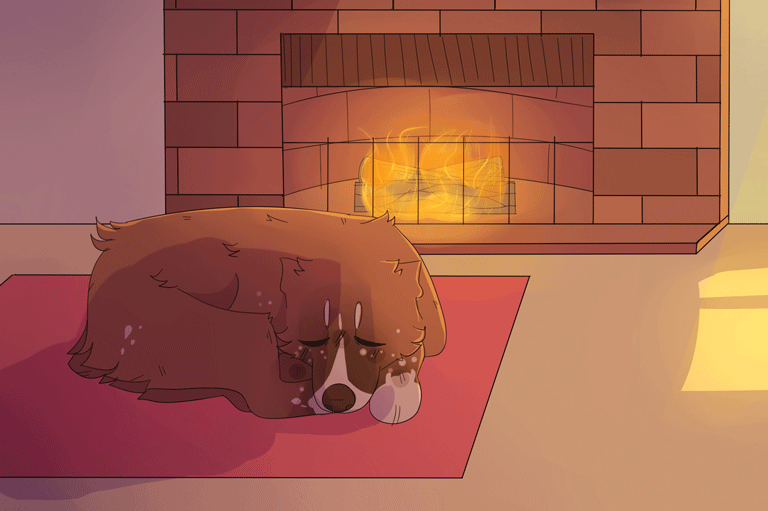
Halifax, N.S., 1893
Margaret stared at the letter on the table. She’d been staring at it for 20 minutes, ever since it had dropped through the mail slot in the front door. She just couldn’t bring herself to open it.
She took a deep breath and picked up the envelope.
“Dear Mr. Saunders,” the letter began. Mr. Saunders? Of course — she had used her middle and last names, Marshall Saunders. The contest judges had thought she was a man, just as she’d intended. For the millionth time, she sighed and wondered why women weren’t taken seriously as writers. Well, as anything, really.
The American Humane Society is pleased to award you first prize in its story contest for your entry ‘Beautiful Joe.’ It awakens an intense interest, and sustains it through a series of vivid incidents and episodes, each of which is a lesson. When I read the story, I felt that it was a stream of sympathy that flowed from the heart. The story speaks not for the dog alone, but for the whole animal kingdom.
Congratulations and best wishes,
Hezekiah Butterworth.
“Good heavens, Margaret — you look like you’ve seen a ghost!” Robert said, seeing the stunned expression on his sister’s face.
“I won! My story won!” Margaret said. “No,” she corrected herself, “Beautiful Joe’s story won. I just wrote it down. What’s more, they want to make it into a book.”
“That’s wonderful news!” Robert said with a grin. “Louise will be so happy!” He pulled Margaret out of her chair and danced her around the kitchen as they both laughed.
“Three cheers for Marshall Saunders!” he cried. “And three cheers for Beautiful Joe!”
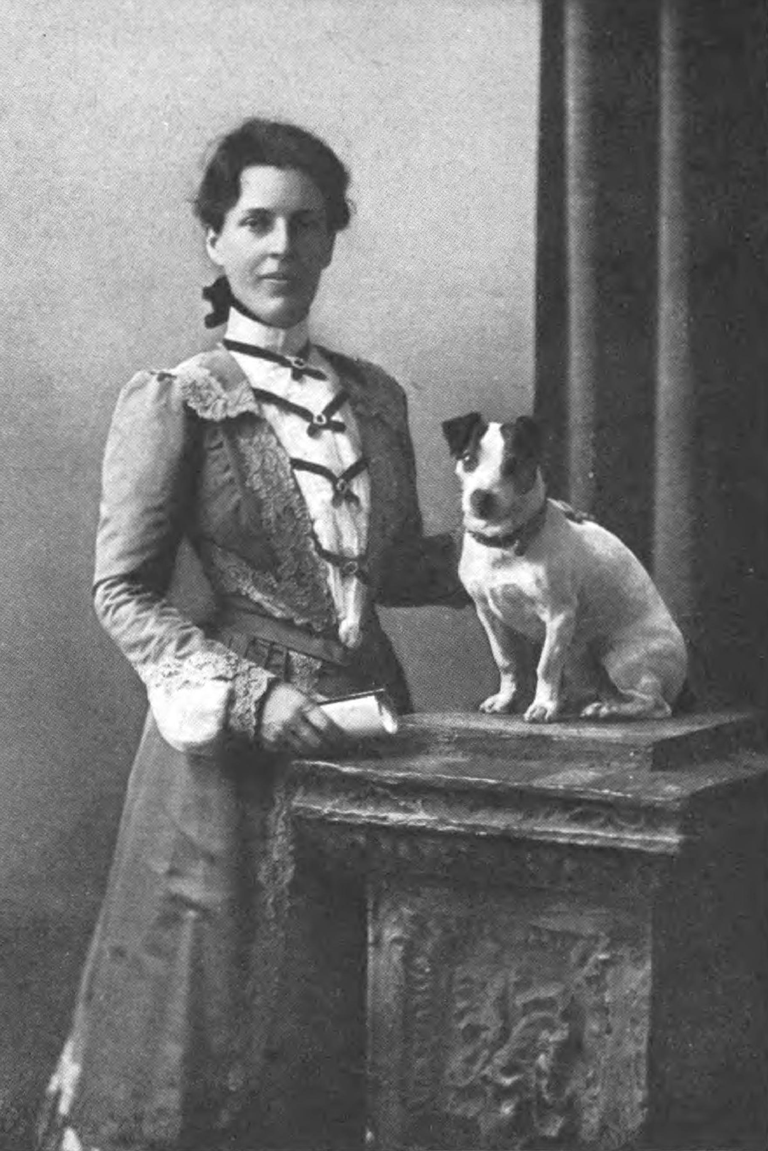
Although we imagined some parts of our story, Margaret Marshall Saunders and Beautiful Joe are very real.
Saunders was born in Milton, N.S., and later moved to Berwick and then Halifax, ending up in Toronto for the last part of her life. After studying in Scotland and France, she came home to Canada.
When she visited the Moore family in Meaford, Ont. — Louise Moore was to marry her brother — she met the real-life Beautiful Joe and heard how he had been abused by a dairy farmer, and rescued by the Moores. She wrote a story about the dog’s life for a contest run by the American Humane Society, changing the family’s name to Morris and moving the setting to Maine to fit the contest rules.
Her entry touched the judges’ hearts. Not only did she win the contest, she was encouraged to expand the story into a book, which was published in 1893. Although it contains many sad tales of people being unkind to animals, it also showed animals being treated with love.
It was the first Canadian book to sell more than a million copies, and by the 1930s, more than seven million copies of Beautiful Joe had been sold around the world. Saunders loved animals; at one point she had 28 canaries in her house in Toronto. She also cared deeply about children and women’s rights. She worked with Lucy Maud Montgomery, the author of Anne of Green Gables, to set up a branch of the Canadian Women’s Press Club in the Maritimes.
She received many honours for her lifetime of writing, including Canada’s highest honour at the time, Commander of the British Empire, and a medal from the French Société Protectrice des Animaux. After her death in 1947, the Canadian government named her a Person of National Historic Significance.
Themes associated with this article
More fiction features

Canada’s History Archive features both English and French versions of Kayak: Canada’s History Magazine for Kids.
Kayak: Canada’s History Magazine for Kids — 3 digital issues per year for as low as $13.99. Tariff-exempt!

